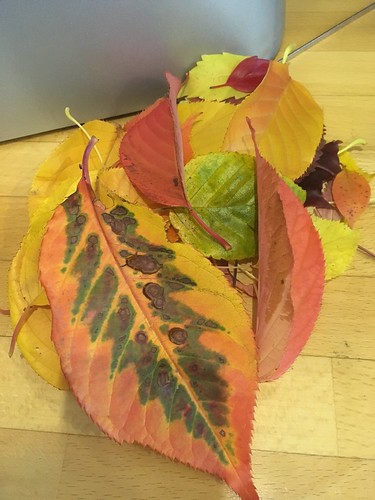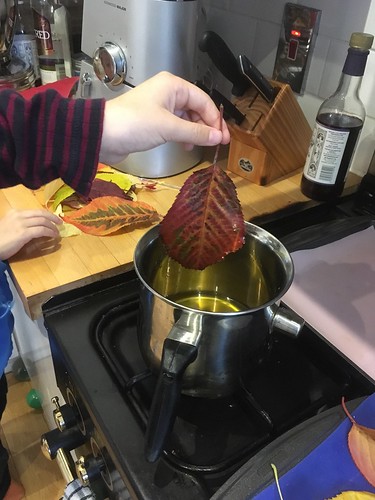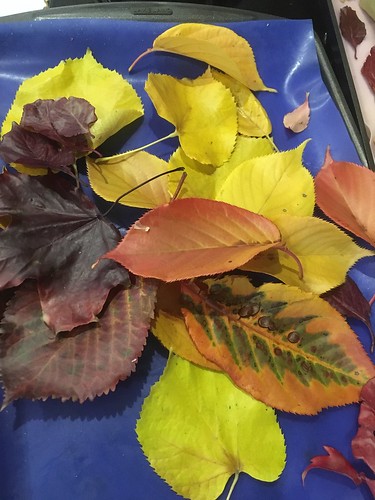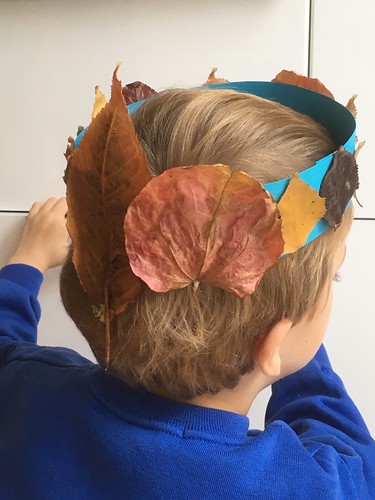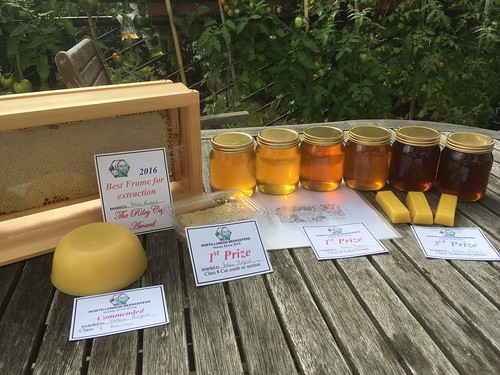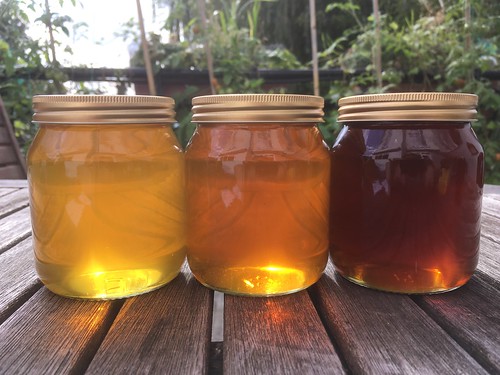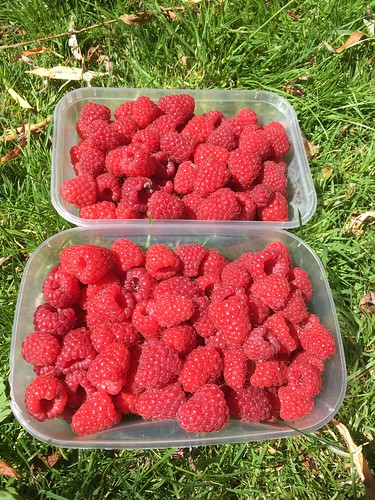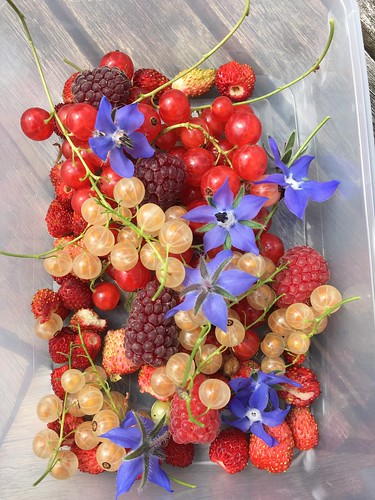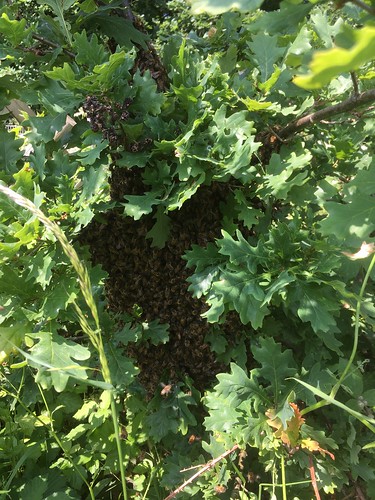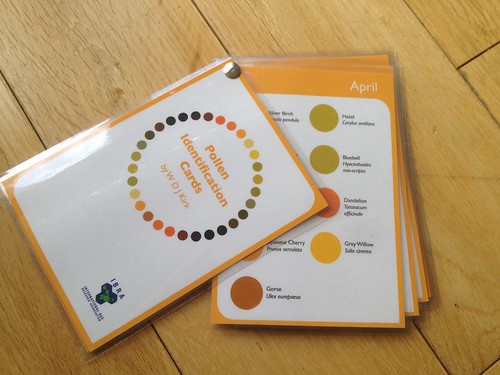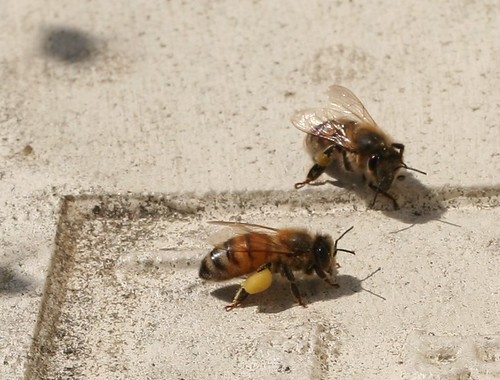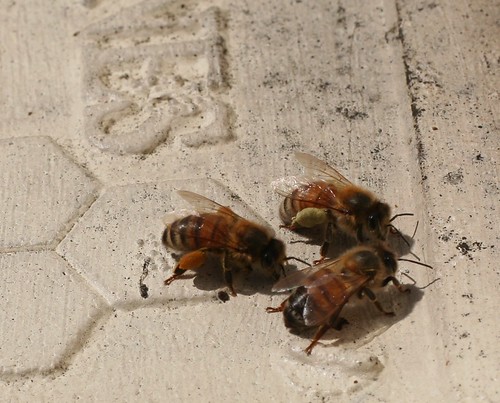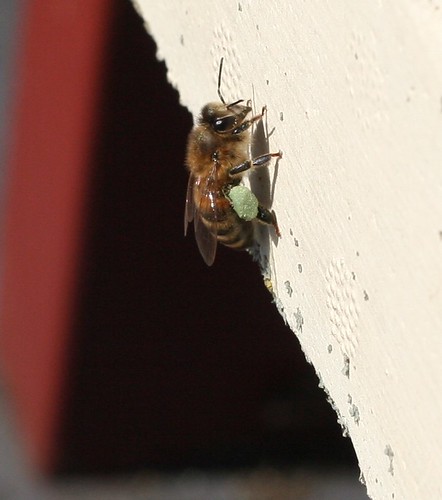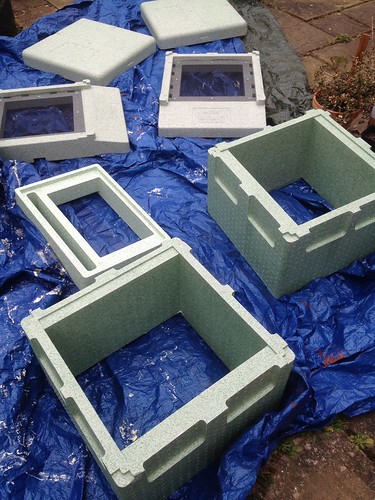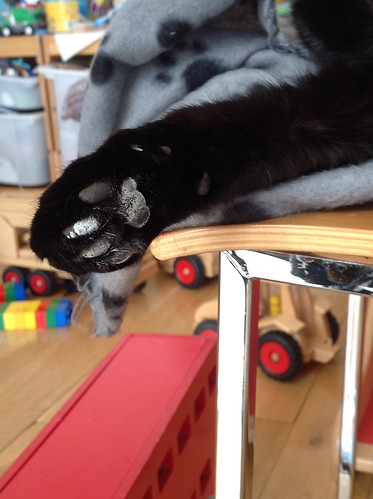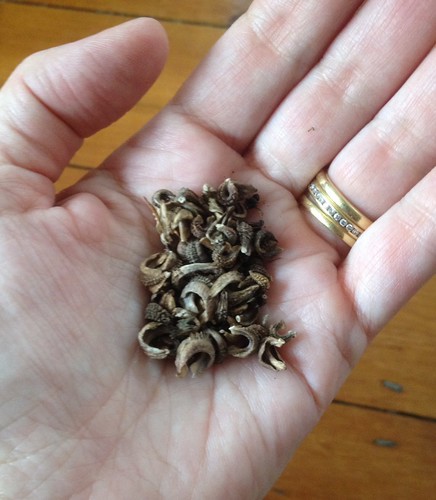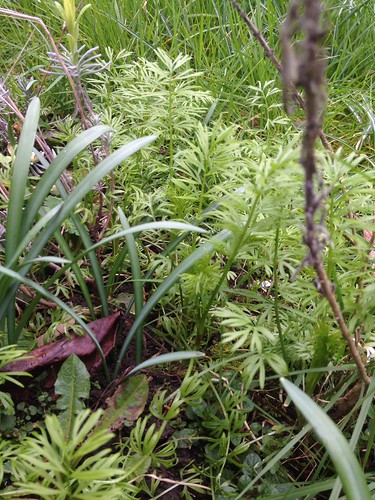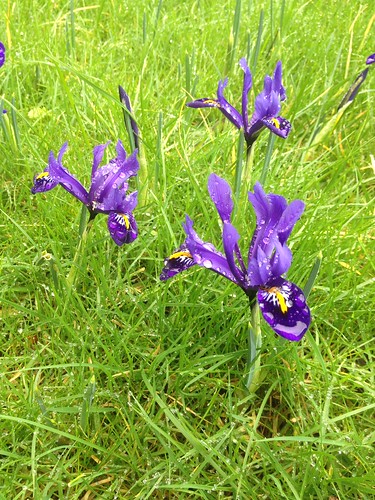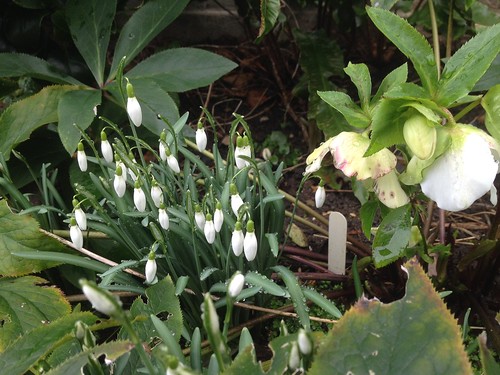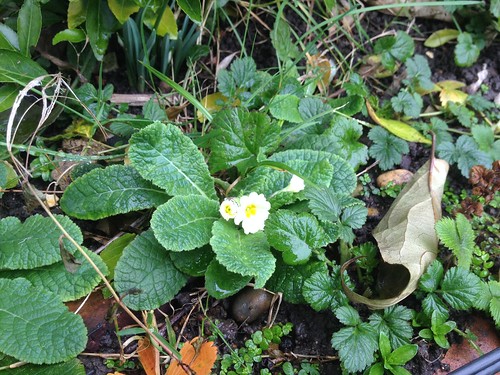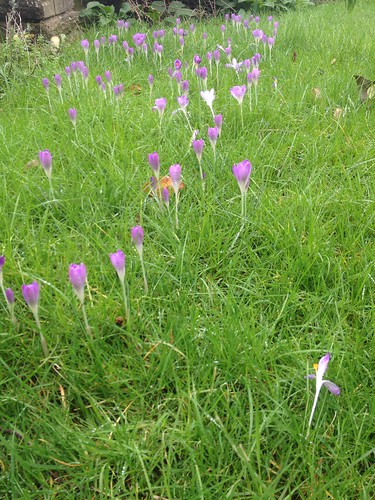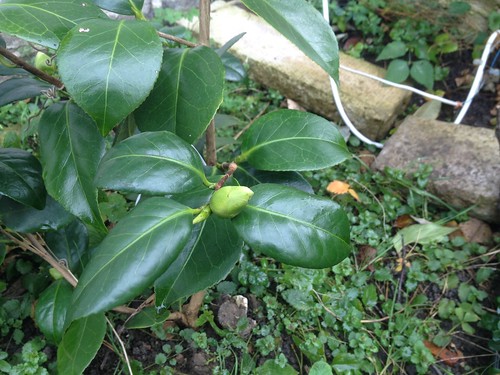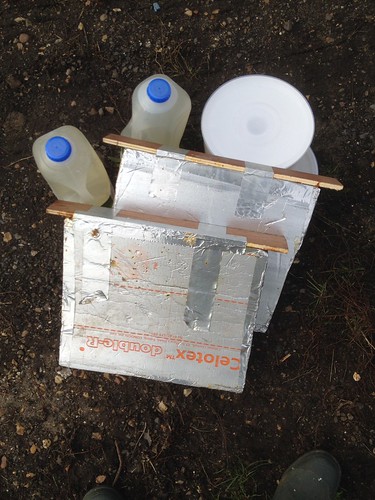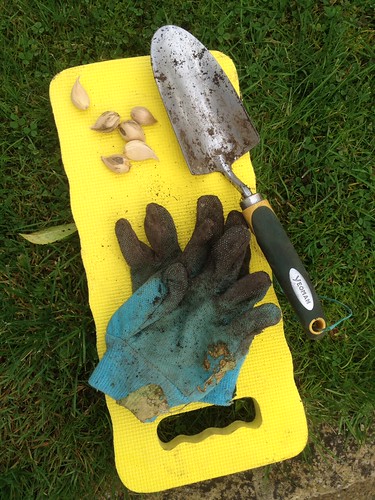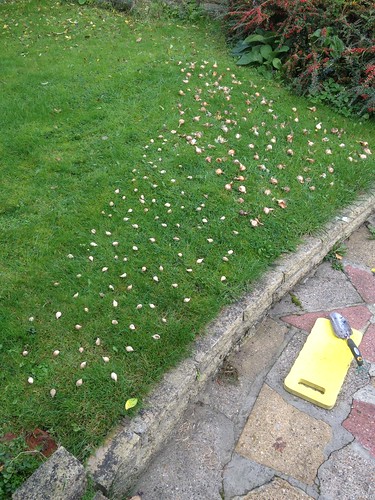Autumn is well under way here. The bees are still flying when the sun shines – there is still plenty of ivy and Michaelmas flowers around for them to forage on. We stopped doing hive inspections a while ago and will leave the colonies to their own devices until spring now. Every so often I’ll heft each hive to get a feel for the weight of stores that they have – if they feel light then of course I’ll put some feed into the hive, but I do prefer our bees to eat their own honey supplies – it has got to be better for them than sugar syrup.
We have been enjoying the beautiful Autumn colours and can’t seem to stop picking up leaves that are particularly stunning. In previous years we’ve pressed some and used them as decorations, but they always seem to fade and go a bit crumbly fairly quickly.
This year we’ve tried dipping the leaves in beeswax and I’m really happy with the results. It is such an easy activity to do – my children really enjoyed doing it with me too.
Here are the leaves we collected…
Here they are being dipped in the melted wax… Careful, it’s hot!
And here they are cooling. The colours and shapes have been preserved beautifully.
We stuck them on to a ring of card to make an autumnal wreath for our front door.
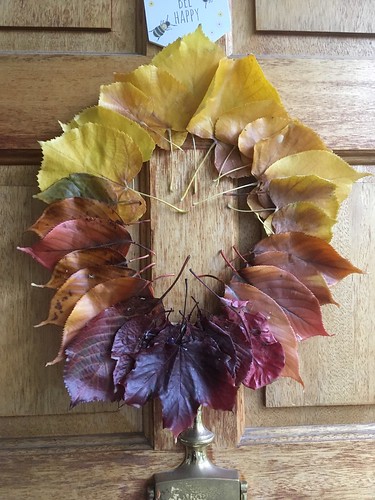
Oh, and someone made himself a leaf crown with the left overs!

